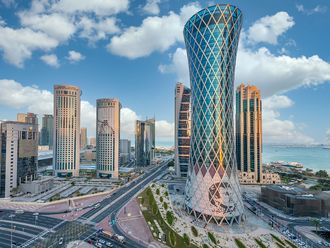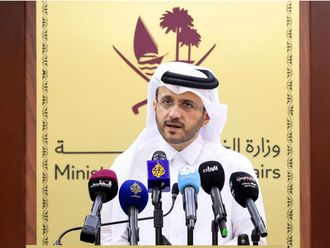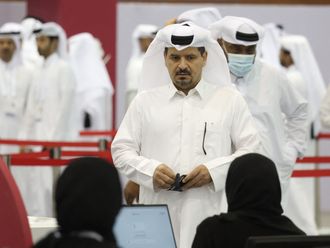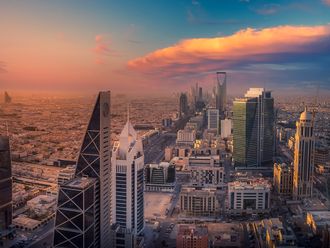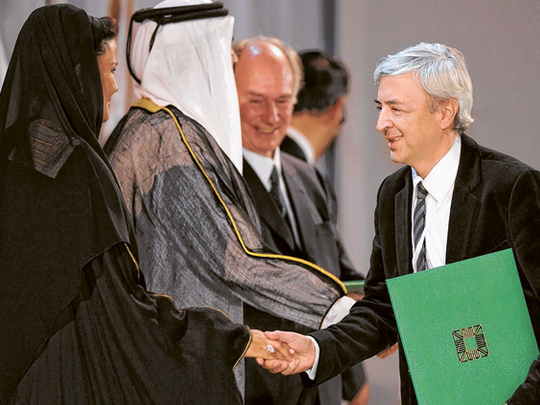
Dubai: The importance of preserving and restoring historic buildings was highlighted by Prince Karim Aga Khan, on Wednesday, who pointed out that the aesthetic quality of such buildings should not be underestimated.
The spiritual leader and Imam of the Ismaili Muslim community was speaking at a ceremony to announce the five projects selected for the 2010 Aga Khan Award for Architecture, at the Museum of Islamic Art in Doha.
"The great icons of the past must not be allowed to disappear without an opportunity to come back to life and serve in the future," he said, adding that Islamic architecture aims to respect both the past and the future.
Shaikh Hamad Bin Khalifa Al Thani, the Emir of Qatar and Shaikha Mouza Bint Nasser joined Aga Khan in presiding over the ceremony.
Aga Khan also presented the Chairman's Award to Professor Oleg Grabar, in recognition of his lifetime contribution to the field of Islamic art and architecture.
Winning work
The winning projects were selected by an independent master jury, from a shortlist of 19 projects, announced in May 2010. A total of 401 projects from around the world were considered.
In their statement, the master jury noted that one of their main concerns when choosing the winner was the issues of identity and plurality and how they interact in an increasingly globalised world.
The Aga Khan Award for Architecture was established by Prince Karim Aga Khan in 1977 to encourage excellence in architecture and other forms of intervention in societies where Muslims have a significant presence.
The award is given every three years and recognises all types of building projects that affect the environment, from modest, small-scale projects to sizeable complexes. The Aga Khan Award for Architecture not only rewards architects, but also identifies municipalities, builders, clients, master craftsmen and engineers who have played important roles in the realisation of a project.
The award's mandate is different from that of many other architecture prizes: it selects projects which range from innovative mud and bamboo schools to state of the art ‘green' buildings, which not only exhibit architectural excellence, but also improve the overall quality of life.
Since the award was launched 33 years ago, 105 projects have won it and more than 7,500 building projects have been documented.
"The nature of the award is to help shape best practices for building environments of Muslims and their neighbours. Our mandate must, therefore, include a wide range of architectural settings, not only mosques, museums and monuments, but also schools and hospitals, industrial spaces and public markets, parks and thoroughfares, and, of course, a variety of residential habitats," said Aga Khan.
Top picks
The five projects selected by the 2010 Master Jury Award are:
Wadi Hanifa Wetlands, Riyadh, Saudi Arabia; Revitalisation of the Hypercentre of Tunis, Tunisia; Madinat Al Zahra Museum, Cordoba, Spain; Ipekyol Textile Factory, Edirne, Turkey and Bridge School, Xiashi, Fujian, China.


